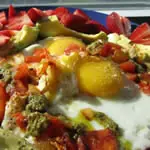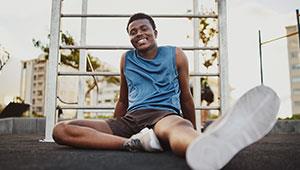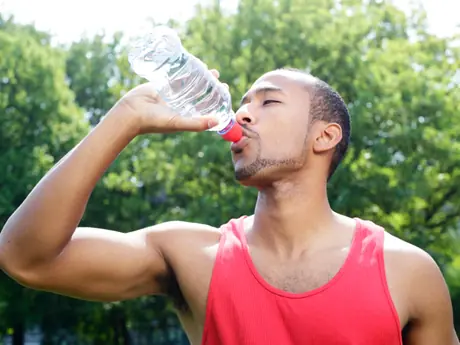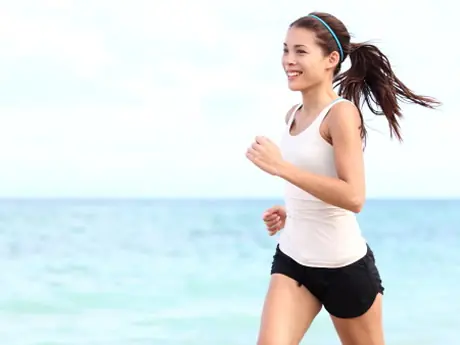
What is the Paleo or Primal Lifestyle?
1. Diet
The paleo dieter's goal is to eat like our ancestors, and I don't mean your grandparents. This is the kind of food homo sapiens survived on for millions of years before a relatively recent event, the agricultural revolution, completely changed the way humans eat.
For paleo types, that means no grains, no bread, no pasta, no rice, no potatoes, and especially no sugar or processed carbs—nothing that comes out of a box, and no vegetable oils. Nothing labeled "low fat" or "light", because when fat is removed, there is generally processed sugar added.
The primal diet is high fat, medium protein, and low carb. Lots of meat (hopefully organic, grass fed), eggs (free range), fish (not farmed), non starchy vegetables, berries and nuts.
Hardcore primal foodies also avoid dairy. Dairy is a grey area; some full fat dairy products are perfect for this diet.
The dietary emphasis is on eating fats of all kinds, except polyunsaturated fats which are mainly found in processed vegetable oils like canola oil. Primal cooking means using tallow, lard, butter and coconut oil if you're frying anything.
2. Exercise
Primal followers believe in working out like a caveman, and that does not include running with gels and Gatorade. Yet more runners are starting to explore the paleo diet. Is running compatible with a paleo lifestyle?
The premise of the primal diet is that it teaches your body to burn fat for fuel, since there are little or no carbs readily available for energy. Some athletes work at training their bodies to run for a long time without carbs.
A typical non-paleo run might look something like this:
- Breakfast bagel with peanut butter or jam
- A bottle of Gatorade pre-run
- Gels every 30 minutes during morning run
However, a primal run could look more like this:
- Pre-run breakfast of a cup of coffee with whipping cream and a bottle of water with electrolytes
- For longer distances, natural foods such as fruit for fuel
- Generally no carbo-loading the night before a race
- 1
- of
- 2
Get ACTIVE on the Go


Couch to 5K®
The best way to get new runners off the couch and across the finish line of their first 5K.
Available for iOS | Android







Discuss This Article